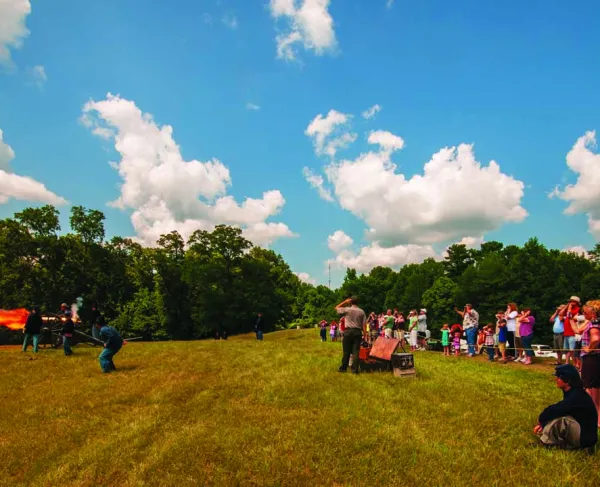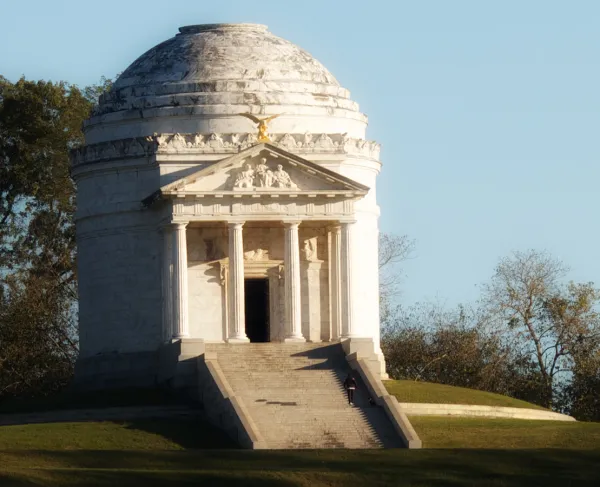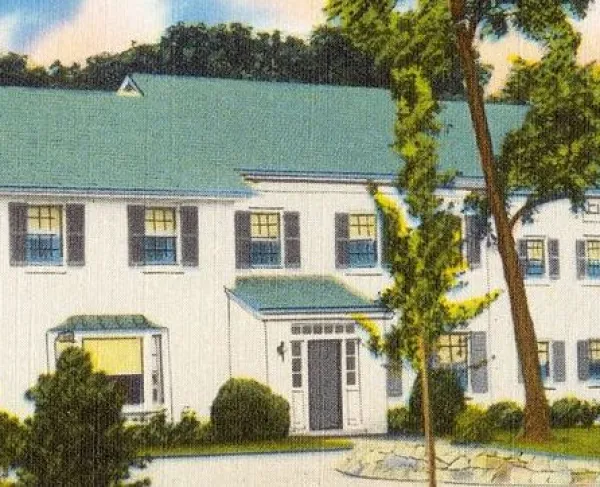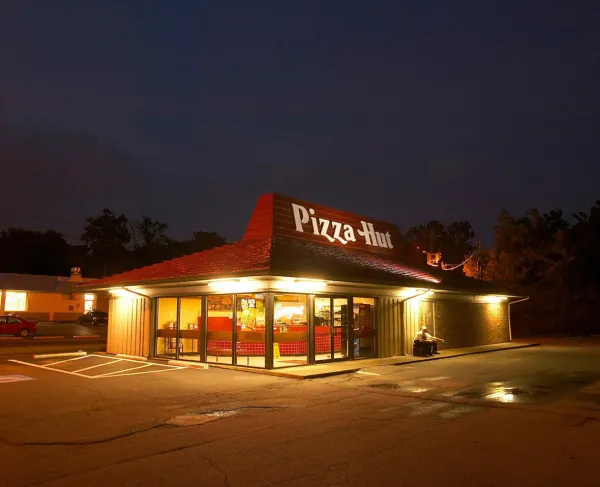The New Age of Visitor Centers
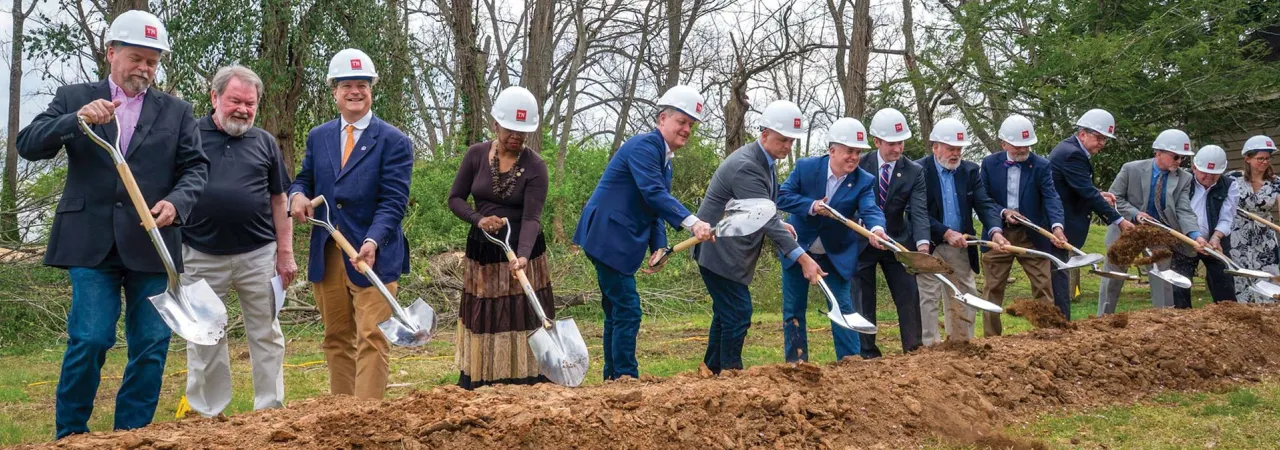
Official groundbreaking for the new visitor center in Franklin, Tenn., this past March.
The first stop for many visitors looking to explore hallowed ground is a visitor center, a place that serves as the perfect anchor for historical tourism. As battlefields across the nation welcome tourists near and far for the 250th anniversary of America’s founding, a new crop of visitor centers is working to open their doors. From Vicksburg to Franklin, Gettysburg to Washington Crossing, these new visitor facilities are utilizing technological advancements, paired with modern designs, to enhance the tourism experience and bring history to life.
Franklin
In March of this year, the Tennessee Historical Commission and the Battle of Franklin Trust broke ground on the new Herbert Harper Visitor Center at Carter House State Historic Site in Franklin. Named for the late former executive director of the Tennessee Historical Commission, the new visitor center will replace the current building, which dates back to the early 1980s, with a state-of-the-art visitor facility designed to naturally blend with the existing historical structures on the battlefield, complete with immersive exhibitions, flexible galleries and modern amenities.
The Carter House was built more than thirty years before the battle swept through Franklin on November 30, 1864, and it remains Tennessee’s most-visited state historic site, welcoming more than 100,000 tourists each year. As the Carter family took shelter in the home’s basement, the Union Army’s XXIII corps made the house their headquarters. Visitors to the house today can see for themselves the walls and furniture bombarded by bullets during the battle. Once threatened to be demolished for the site of a new gas station, the Tennessee Historical Commission purchased the property in 1951.
Funding for the $6.5 million project was made possible by Gov. Bill Lee and the Tennessee General Assembly, and an additional $2 million in funding comes from the Tennessee Historical Commission.
Gettysburg
While Gettysburg National Military Park opened a new visitor center in 2008, plans for a new welcome center in the town of Gettysburg are coming to fruition. The Gettysburg Welcome Center will be located along Baltimore Street, nestled in the few blocks between the town square and Gettysburg National Cemetery, along the trek President Lincoln made to deliver the Gettysburg Address.
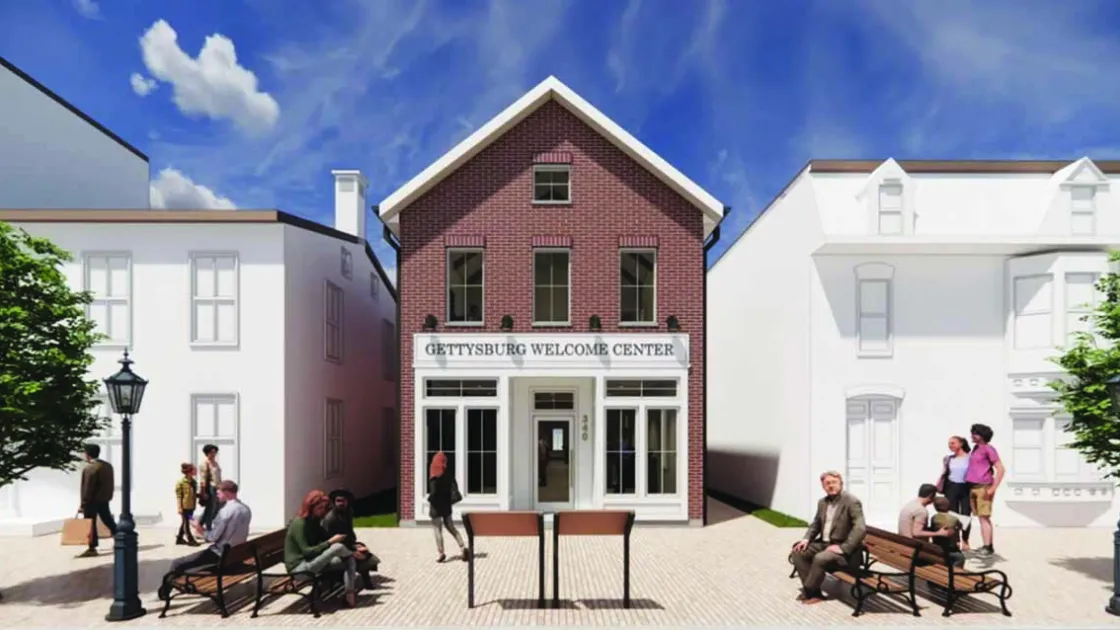
A series of public meetings in 2018 revealed the need for a welcome center to serve as an anchor point for historical tourism in the downtown area. The building will provide visitors with event listings, transportation resources and more so people can make the most of their visit to the most famous small town in America. The new building will also feature public, ADA-compliant restrooms, a much-needed rarity in a town full of centuries-old buildings.
A previously standing structure on Baltimore Street that had no historic significance was demolished in June to make way for the new building. Final design plans are still under review by the Gettysburg’s Historical Architectural Review Board. Pending approval, construction is slated to start this fall and be completed by America’s 250th anniversary.
The nearly $2 million in funding from the project comes from local fundraising by Main Street Gettysburg, a commitment from the Borough of Gettysburg and Congressional appropriation.
Vicksburg
Get ready to experience the 47-day siege at Vicksburg like never before. The new Vicksburg Civil War Visitor Center is scheduled to open its doors in 2028 and generate renewed tourism interest and attendance in the area. Positioned directly next to Vicksburg National Military Park, the new center will tell the story of this critical campaign and serve as a gateway to the region’s rich history.
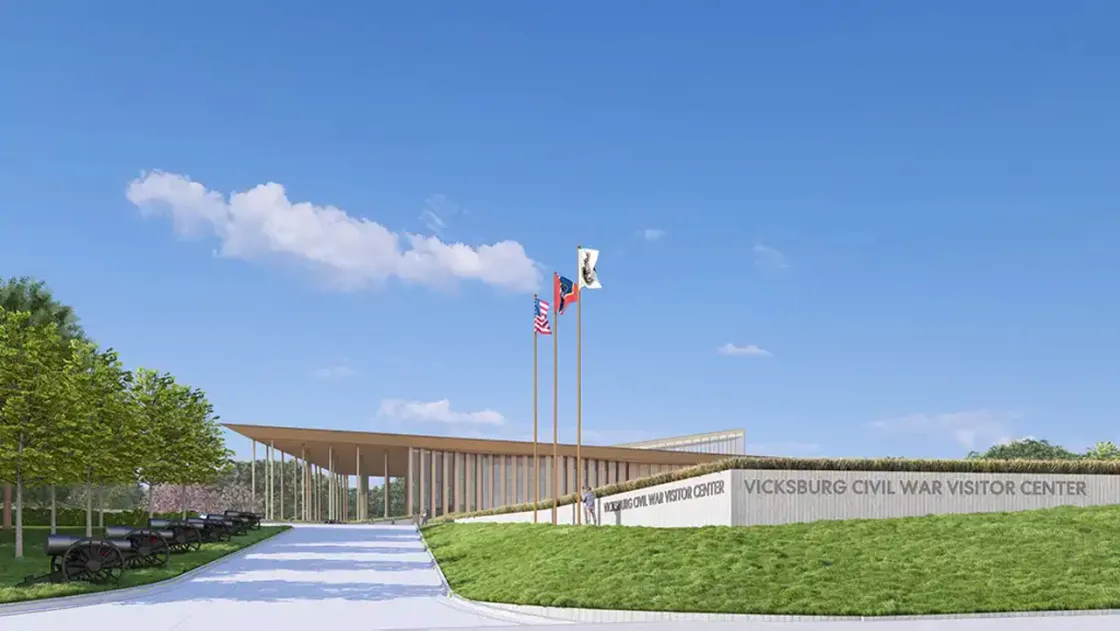
The new facility will guide visitors through stories beyond the siege, taking them through galleries spanning from civilian life before the Civil War through Reconstruction. The new museum and visitor center will also bolster tourism through interpretive programming, school resources, guided tours and more, reverberating economic benefits across the area, with around 200,000 visitors expected to visit the new facility. Replacing the current building from the 1960s and designed by award-winning architects, the modern design echoes the earthworks of the battlefield and is meant to symbolize national unity.
The project is a combined effort spearheaded by the State of Mississippi and the Mississippi Department of Archives, with further assistance from Vicksburg National Military Park and Friends of Vicksburg National Military Park and Campaign. Four acres of federal land is expected to be transferred to the State of Mississippi for the facility.
Washington Crossing
Just in time for America’s 250th anniversary, Washington Crossing State Park will unveil a new, state-of-the-art visitor center. Complete with immersive exhibits detailing the heroic Christmas crossing, the sleek, modern building designed to complement other historic buildings on the property along the bank of the Delaware River will replace the nearly 50-year-old current structure.
The centerpiece of the new museum, the Crossing Theater, will allow guests to stand on a ferry boat as Washington’s famous crossing of the Delaware plays out before their eyes through video projection. The museum will also boast an additional theater, a welcome lobby, a gallery of rotating exhibits and an outdoor terrace for tourists to enjoy.
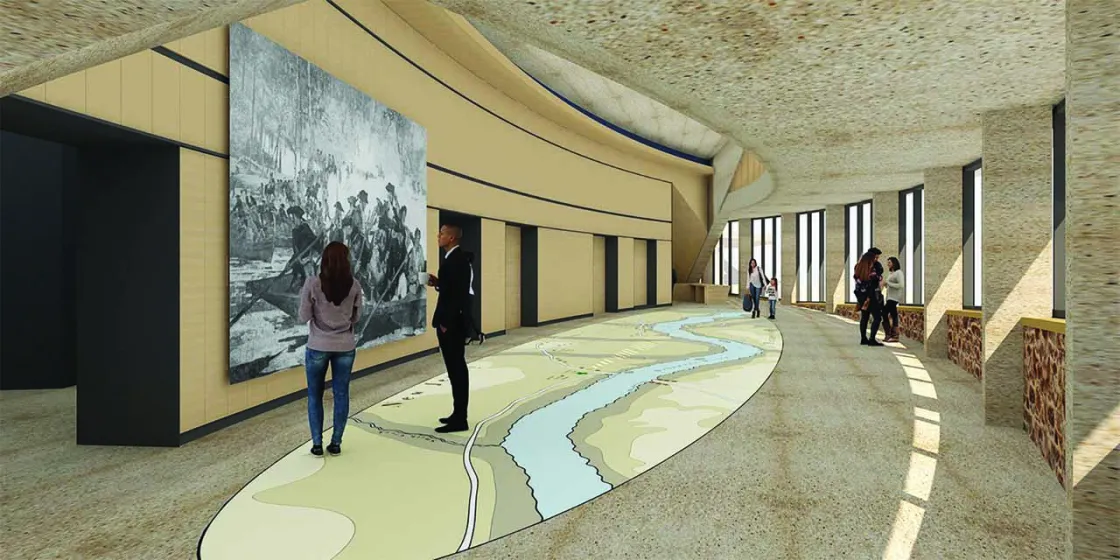
The project is being funded through the Preserve New Jersey Act and funds from the American Rescue Plan that Gov. Phil Murphy invested in New Jersey’s historic sites. American Battlefield Trust supported the design and location of the new visitor center, along with the Crossroads of the American Revolution National Heritage Area.
While the center and museum are one of the ways Washington Crossing State Park is preparing for America’s Semiquincentennial, the park is making additional improvements to the tourist experience by renovating the historic Johnson Ferry House, adding new wayfinding and interpretive signage and repaving several miles of park roadway.
Possibilities in Princeton
Down the road in New Jersey, another site is benefiting from the state’s commitment to historic preservation: $1.3 million in funding from the state’s FY2025 budget is helping relocate parking outside the core of the battlefield and providing a new park entrance, among other improvements. Excitement about the interpretation and restoration plan has also generated local interest in a new visitor facility on the battlefield. As a result, a portion of the funding will underwrite an investigation into a possible future visitor and education center on the battlefield. To help the Trust achieve the vision of a reimagined battlefield, or to learn more about the Trust’s work in Princeton, visit www.battlefields .org/ReimaginingPrinceton.
We're on the verge of a moment that will define the future of battlefield preservation. With your help, we can save over 1,000 acres of critical Civil...
Related Battles
2,326
6,252
23,049
28,063
4,910
32,363
75
270
